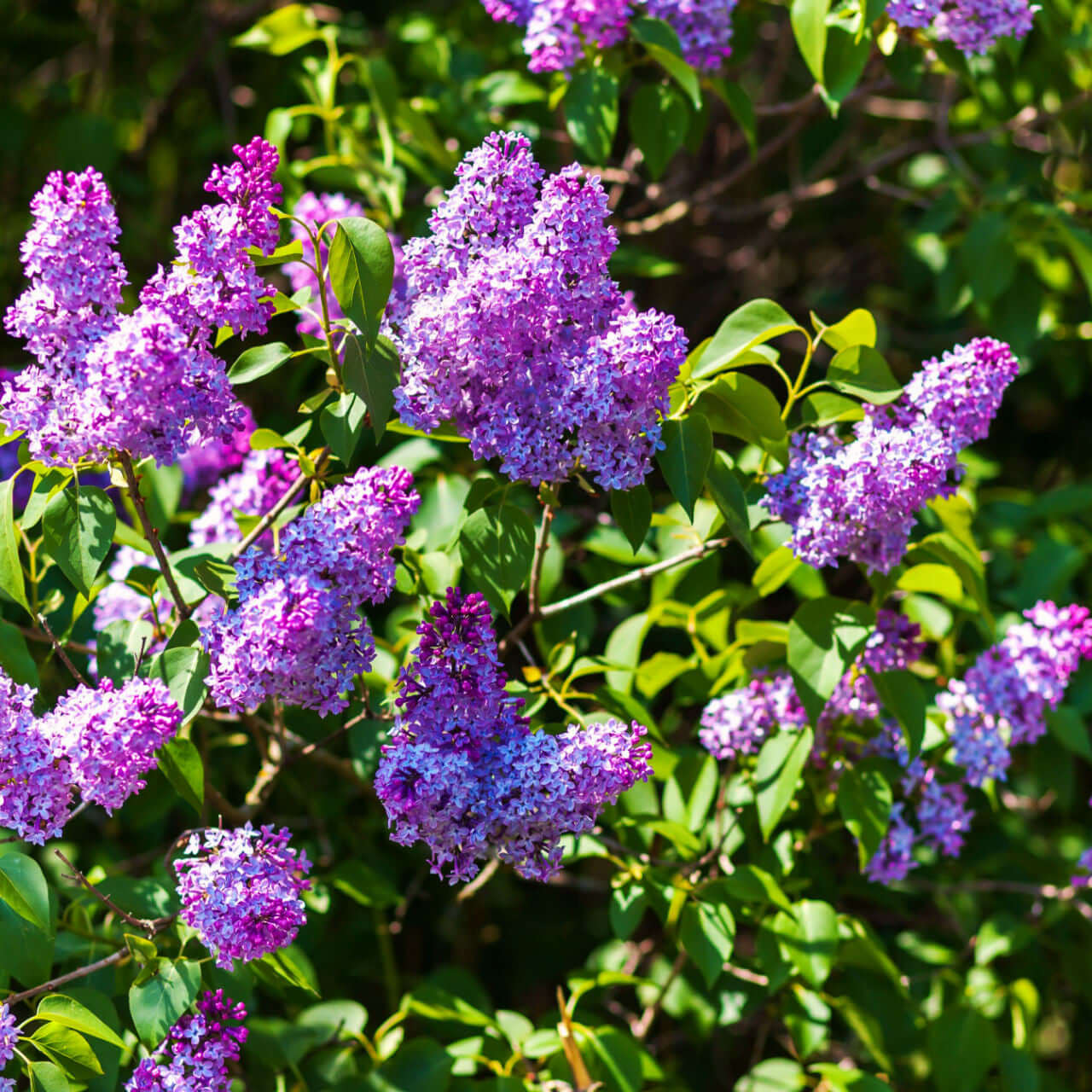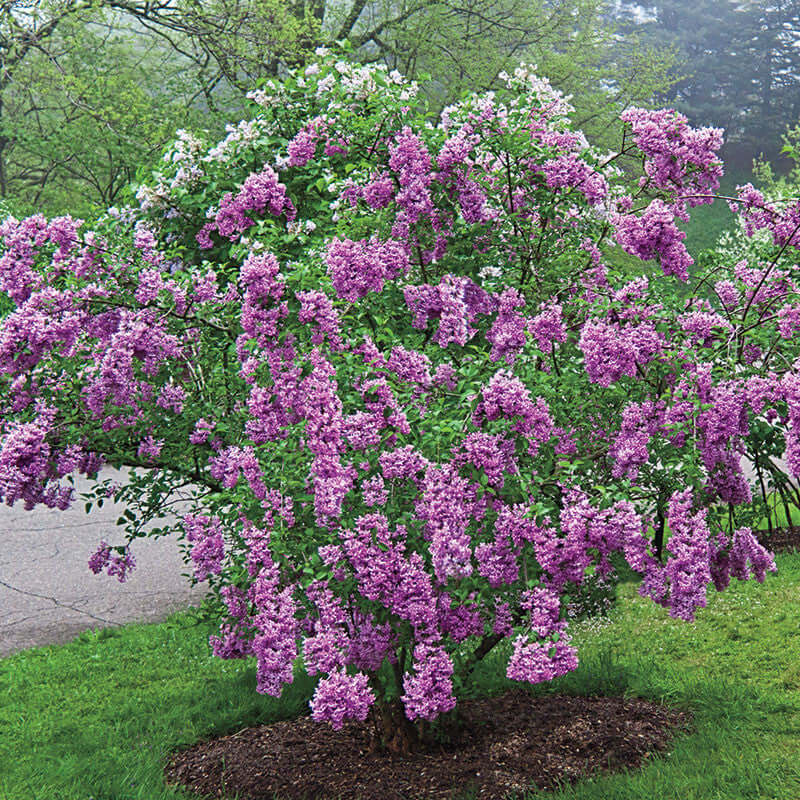Lilac Shrub -Syringa Reticulata
The Lilac Shrub, also commonly known as the Japanese Tree Lilac, produces panicles of creamy white flowers with a subtle spicy scent. This shrub is native to Japan. However, it grows well in many regions across North America, best in areas with cool summers (zone 3-7). It is a resilient plant prized for its ornamental appeal.
This is one of the few lilacs that can be grown as a tree; however, it can also be maintained as a multi-stemmed shrub. It is deciduous and produces lush green leaves throughout the summer. The bark of this shrub is reddish-brown in color, complete with lenticels that resemble those found on cherry bark. As the bark matures, it eventually turns grey. The striking nature of this plant makes it an excellent choice for a specimen in your home garden.
Plant Details - Lilac Shrub
Family: Oleaceae
Hardiness Zones: USDA Zones 3–7
Light Requirement: Full Sun to light shade
Water Needs: Moderate
Height: 20 - 30 ft
Spread: 15 - 20 ft
Growth Rate: Moderate
Bloom Time: Early to mid-summer
Flower Color: Creamy white
Wildlife Value: Attracts bees, butterflies, and other pollinators
Large, upright panicles are borne in early to midsummer, giving way to beautiful, creamy purple flowers. The flowers have a fragrant, slightly spicy scent. When in full bloom, this showy shrub will attract a range of wildlife insect pollinators, butterflies, hummingbirds, and bees!
In the winter, the Lilac Shrub adds visual appeal to the garden through its exfoliating young branches. They gently shed their bark, and the under layer is a striking reddish-brown in color.
Landscape Uses and Maintenance - Lilac Shrub (Syringa Reticulata)
The lilac shrub is easy to grow and is typically pest- and disease-free. This shrub requires medium moisture, well-drained, slightly acidic soils, but is relatively drought-tolerant once established.
While it will tolerate some shade, best flowering will occur when planted in an area with full sun. Prune this shrub when needed immediately after flowering. Plant in an area with good air circulation. It can be used either in a mixed shrub border or as a specimen.
Noteworthy Characteristics of Lilac Shrub
Showy flowers and bark, easy to grow, attract pollinators.
This attractive shrub will add visual appeal whether planted in a shrub border or as a focal point. Shop for the Lilac Shrub online at TN Nursery. For 68 years, we have served the landscaping industry and homeowners with specimen plants.
Lilac shrubs (Syringa vulgaris), part of the olive family, are among the most beloved woody plants for spring landscapes. The highly fragrant lilac bushes bloom in spring with big, large clusters of fragrant flowers that can fill a garden with their sweet aroma. Depending on the lilac variety, blooms can range from pale lavender to deep purple in color. Some double flowers add a lush, romantic texture to gardens, making them perfect focal points.
Lilac Growing Conditions
Lilacs do best in full sun but can also tolerate partial shade. They typically grow several feet tall, resembling a small tree when mature. To care for lilac successfully, plant lilac in well-drained soil and ensure it receives ample airflow to prevent mildew. The common lilac shrub is a particularly hardy plant that blooms from spring to early summer, offering a long display of color.
Once lilacs bloom, it’s best to prune lilacs right after flowering to encourage healthy new growth and abundant blooms the following season. With the right selection of lilac, your garden can enjoy decades of beauty, fragrance, and charm from these timeless spring treasures.
Exposure
Lilac shrubs thrive in full sun, requiring at least 6 hours of direct sunlight daily. They prefer well-drained soil and can handle some light shade but may not bloom as profusely in less sunlight.
Height at Maturity
Under 10 Feet
Usage
Flowering
Shipped As
Bare-root
Ships
UPS
Planting Zones
3-7




